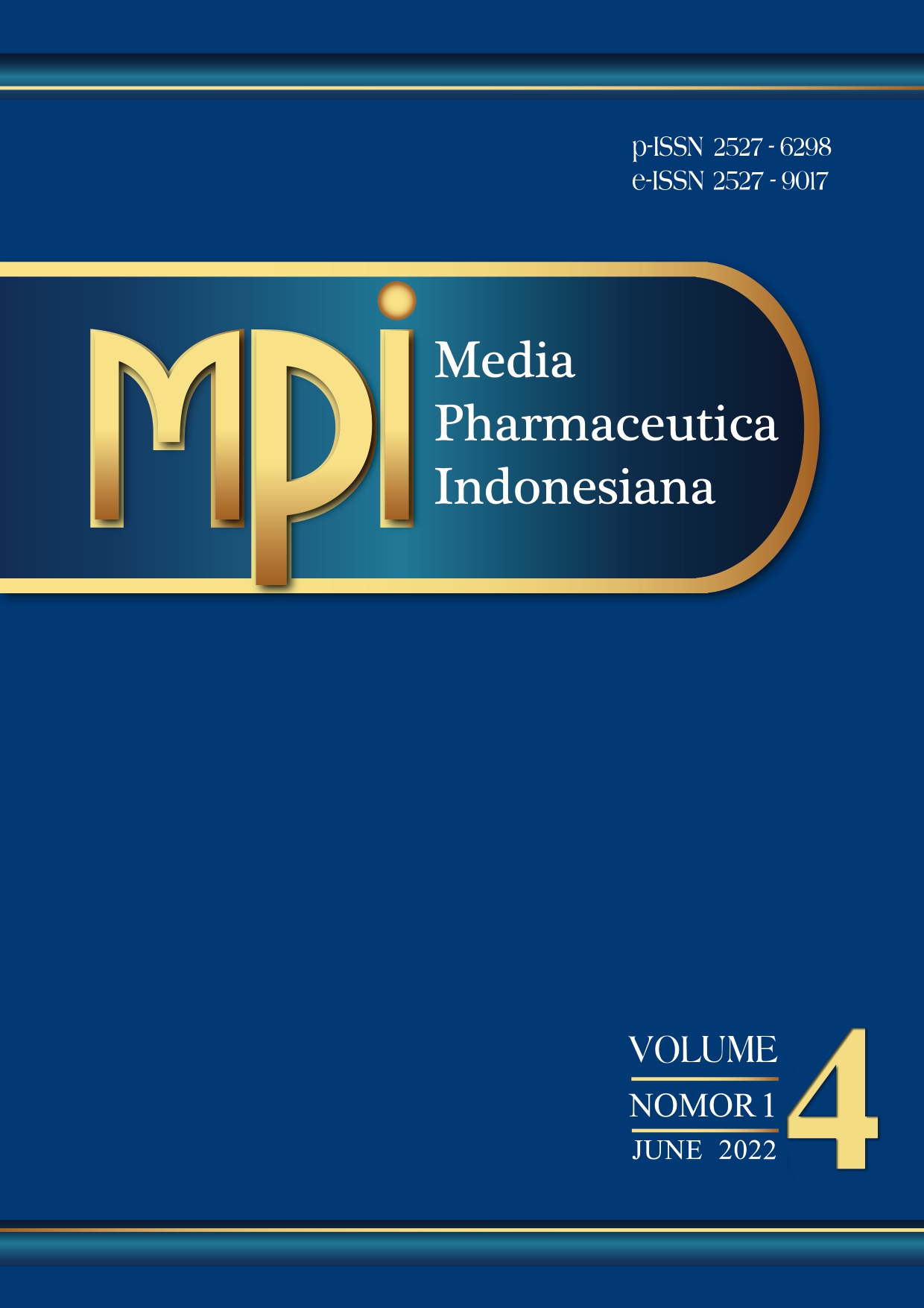Active compounds of fingerroot (Boesenbergia pandurata) for obesity treatment: in silico approaches
 Abstract Views:
535 times
Abstract Views:
535 times
 PDF Downloads:
505 times
PDF Downloads:
505 times
Abstract
Obesity has become increasingly prevalent worldwide each year. Several studies have proven that herbs are effective in preventing obesity. The research delved into the active compounds of Boesenbergia pandurata to reveal their mechanisms of action by utilizing bioinformatics approaches. The research methods included active compounds selection, QSAR analysis, networking analysis, molecular docking, and ADME prediction. The QSAR analysis predicted that the active compounds were correlated with some theoretical activities with more than 0.5 probability, namely vasoprotective, anti-hypercholesterolemic, anti-inflammatory, free radical scavenging, and as a lipid metabolism regulator and TNF expression inhibitor. Furthermore, the results of the networking analysis showed that five compounds (pinocembrin, cardamonin, flavokawain B, flavokawain C, and tectochrysin) had direct interactions with RPS6KB1. Pinocembrin exhibited the highest binding affinityof -7.26 kcal/mol, although not as strong as that of the control ligand (FS9). The ADME prediction indicated that the five compounds were non-toxic and had excellent absorption. It can be concluded that the active compounds of B. pandurata have the ability to improve metabolic syndrome, especially obesity, in silico through several mechanisms, such as suppression of pro-inflammatory cytokine, regulation of lipid metabolism, and those associated with antioxidants.
Downloads

This work is licensed under a Creative Commons Attribution-ShareAlike 4.0 International License.
Articles published in MPI are licensed under a Creative Commons Attribution-ShareAlike 4.0 International (CC BY-SA) license. You are free to copy, transform, or redistribute articles for any lawful purpose in any medium, provided you give appropriate credit to the original author(s) and MPI, link to the license, indicate if changes were made, and redistribute any derivative work under the same license.
Copyright on articles is retained by the respective author(s), without restrictions. A non-exclusive license is granted to MPI to publish the article and identify itself as its original publisher, along with the commercial right to include the article in a hardcopy issue for sale to libraries and individuals.
By publishing in MPI, authors grant any third party the right to use their article to the extent provided by the CC BY-SA license.

 DOI:
DOI:










